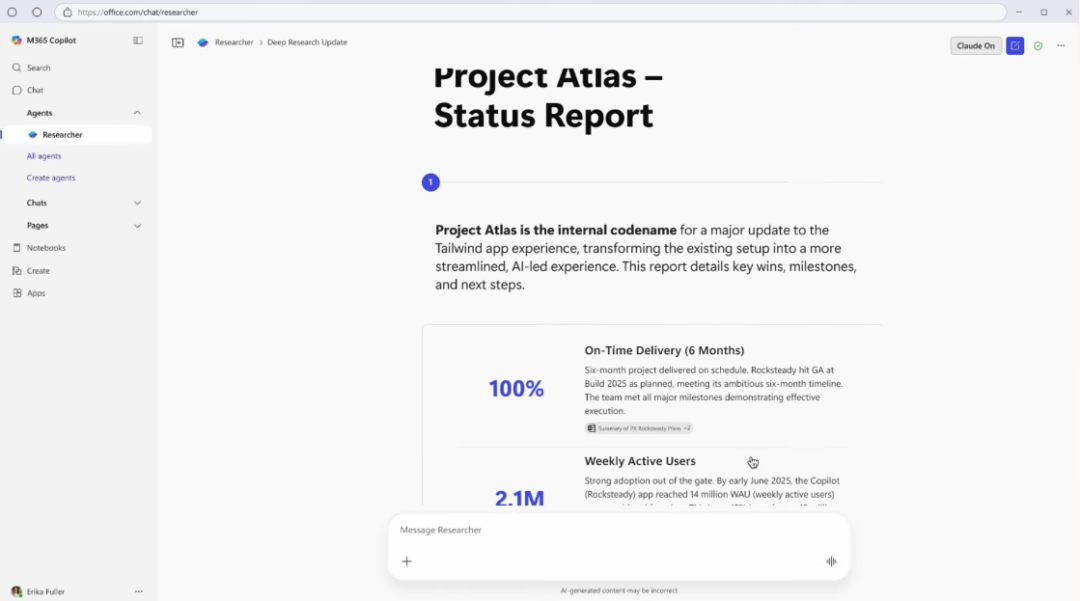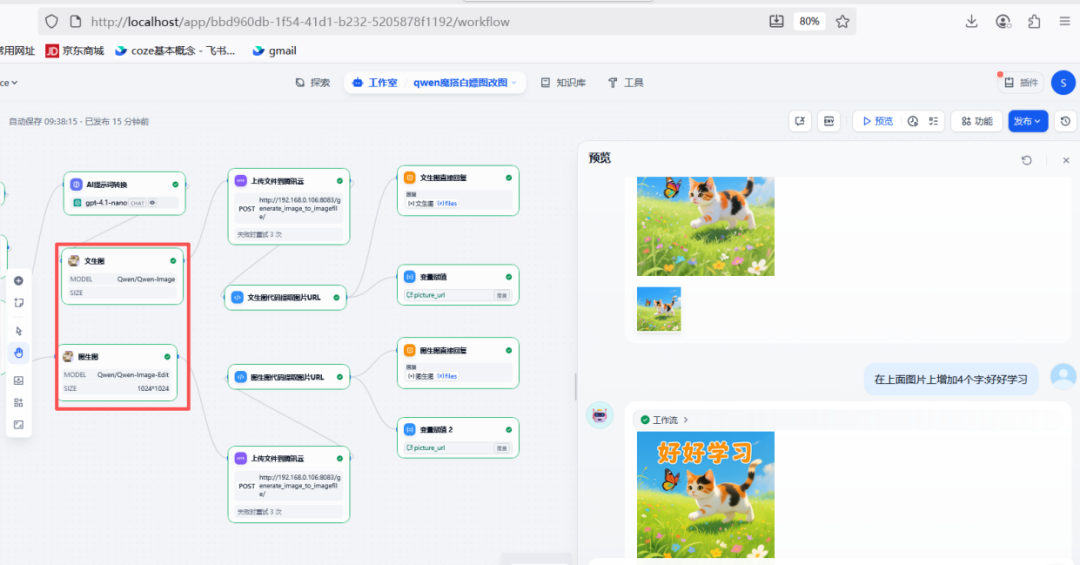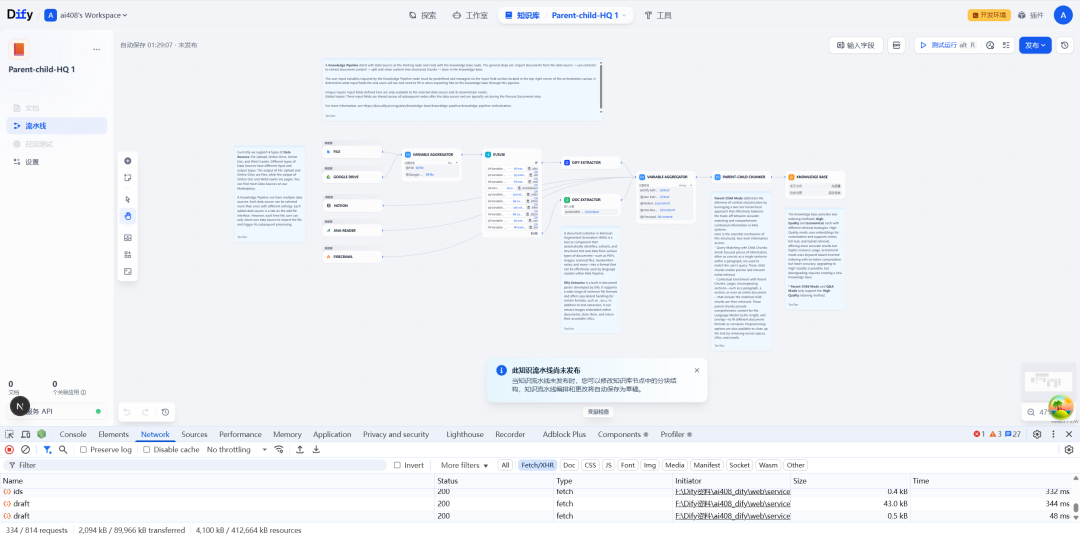The following key steps need to be followed to install AI Toolkit on a Windows system:
- clone warehouse: Execute at the command prompt
git clone https://github.com/ostris/ai-toolkit.gitThen go to the project directorycd ai-toolkit - Updating submodules: Run
git submodule update --init --recursiveEnsure that all dependent libraries are complete - Creating a Virtual Environment: Use the command
python -m venv venvCreate an isolated environment withvenvScriptsactivateactivation - Installation of dependencies: Special attention is required:
- Install a specific version of PyTorch first (CUDA 12.4 is supported):
pip install torch==2.5.1 torchvision==0.20.1 --index-url https://download.pytorch.org/whl/cu124 - Install the other dependencies again:
pip install -r requirements.txt
- Install a specific version of PyTorch first (CUDA 12.4 is supported):
After the installation is complete, users can run the toolset through the Gradio UI or command line interface as needed. Compared to the Linux version, the Windows installation requires special attention to CUDA version matching, which is crucial to ensure that the GPU acceleration features work properly.
This answer comes from the articleAI Toolkit by Ostris: Stable Diffusion with FLUX.1 Model Training ToolkitThe































